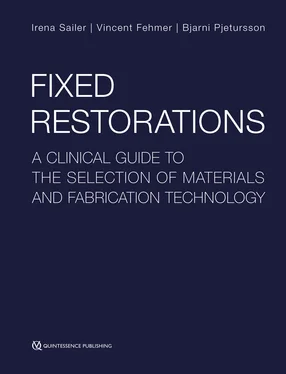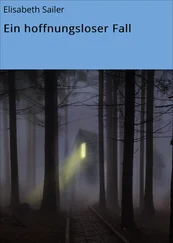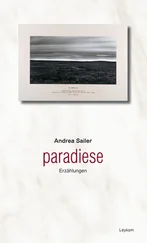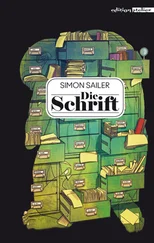In designing the occlusal scheme, the following steps have to be taken:
■ During the occlusal analysis, it has to be registered whether the natural dentition is in unilateral balanced occlusion (group function) or in mutually protected occlusion (canine guidance). The basic principle is that a patient who has been functioning well without any signs of TMD in unilateral, balanced, or mutually protected occlusion should be restored utilizing the same occlusal scheme as present in the natural dentition.
■ During the occlusal analysis, it must be evaluated whether MIP and CO are in the same position or whether there is a slide between the two positions (MIP ≠ CO). If MIP and CO are not in the same position, the premature contacts have to be located and a decision has to be made whether occlusal adjustment should be initiated to reduce or eliminate the premature contacts creating MIP = CO, or whether the restoration should be made long-centric, allowing for a certain freedom in the occlusion.
■ To evaluate the dental arch and decide whether additional treatment steps such as orthodontic treatment are needed for better position of abutment teeth, to correct malpositioned teeth or crowding (Fig 1-2-17).
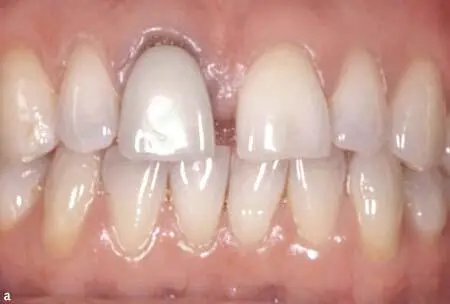
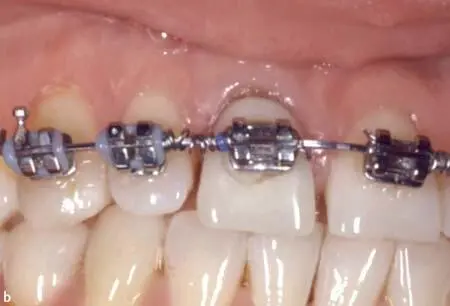
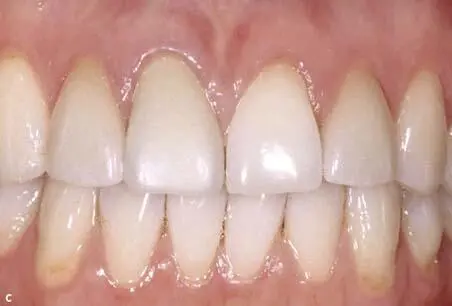
Fig 1-2-17a to 1-2-17c Patient with a mediastema and an old ceramic crown in position 11. The teeth were orthodontically aligned for even distribution of the diastemas before redoing the crown on tooth 21 and placing two ceramic veneers on teeth 12 and 22.
■ If unilateral balanced occlusion (group function) is planned for multiple-unit restorations, care should the taken to have at least two occlusal contacts simultaneously on the restoration on the working side in lateral movements.
■ If mutually protected occlusion (canine guidance) is planned, steep latero-protrusion facets on the canines causing resistance on the working side in lateral movements should be avoided (Fig 1-2-18).
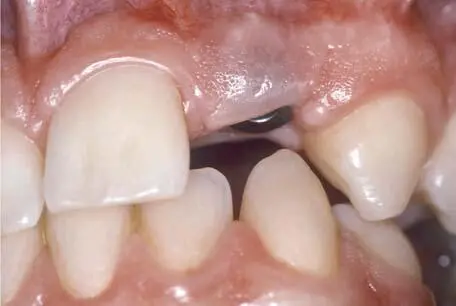
Fig 1-2-18 If canine guidance is planned, steep latero-protrusion facets on restored canines should be avoided.
■ Avoid making balancing mediotrusion contacts in the new restoration.
■ Avoid having posterior contacts in the new restoration during protrusion.
■ To avoid losing the occlusal relationship when full-arch restorations are made, it usually makes sense to restore the occlusion in segments. That is, first restore the posterior area to gain a stable occlusion and then as a second step the anterior area. If the primary goal of treatment is to change the length, shape, and position of the anterior teeth, comprehensive pretreatment diagnostics are crucial to determine the prospective incisal/occlusal plane prior to the restoration of the posterior segments. In conclusion, the basic principle is not to restore everything simultaneously, but to first stabilize the posterior support before restoring the anterior segments.
Vertical dimension of occlusion
Recent minimally invasive treatment concepts include an increase of the vertical dimension of occlusion (VDO) in order to gain interocclusal space for the restorations.
There are several indications for raising the VDO:
■ Restoring missing tooth substance by patients with significant attrition or erosion.
■ For esthetic reasons, that is to increase the anterior intraocclusal space to be able to increase the length of anterior teeth.
■ To eliminate traumatic deep bite.
■ To increase the vertical dimension of the lower face.
■ In selected cases with TMD after thorough diagnosis with occlusal stents and provisional restorations.
Different approaches have been proposed for raising the VDO. As it is usually not recommended to do both maxilla and mandible simultaneously for patients that need extensive restorations in both jaws, the first decision to make is with which jaw to begin. If the VDO has to be increased in both jaws, it is highly recommended to begin with the maxilla in order to harmonize the esthetically relevant occlusal and incisal maxillary planes with the smile line and the bi-pupillary line. The mandibular occlusal plane is then adapted accordingly.
In selected situations only minor augmentation of the VDO may be needed. In these cases, the decision has to be made in which jaw the VDO shall be augmented. The crucial parameter for this choice again is the relationship of the maxillary occlusal/incisal plane and the smile and bi-pupillary lines, and the dental situation.
Finally, if the plan is to restore both jaws extensively it is recommended to finish one jaw, having the final restorations articulating against provisional restorations in the antagonist jaw. To find out whether the patient can adapt to the new vertical dimension, it is advised to use provisional restorations for at least 4 weeks. If the patient is not experiencing any muscle tenderness or other TMD after that time, then the final restorations can be inserted.
1.2.7 Conclusions
Consideration of the discussed patient-related factors is crucial for the clinical success and longevity of the restorations, and influences the material selection. Less invasive restorations made out of ceramics or hybrid materials are increasingly replacing conventional restorations. Due to their better esthetics, yet lower material stability, the presented factors have to be evaluated for good clinical outcomes.
1.2.8 References
1.Deng X, Wang YJ, Deng F, Liu PL, Wu Y. Psychological well-being, dental esthetics, and psychosocial impacts in adolescent orthodontic patients: a prospective longitudinal study. Am J Orthod Dentofacial Orthop 2018;153:87–96.e82.
2.Mehl C, Wolfart S, Vollrath O, Wenz HJ, Kern M. Perception of dental esthetics in different cultures. Int J Prosthodont 2014;27:523–529.
3.Gefen D. The Self Help Addict. NSW, Australia: Evolve Global Publishing, 2018.
4.Narby B. Factors shaping demand for prosthetic dentistry treatment with special focus on implant dentistry. Swed Dent J Suppl 2011:3–65.
5.Sancho-Puchades M, Fehmer V, Hammerle C, Sailer I. Advanced smile diagnostics using CAD/CAM mock-ups. Int J Esthet Dent 2015;10:374–391.
6.Vichi A, Ferrari M, Davidson CL. Influence of ceramic and cement thickness on the masking of various types of opaque posts. J Prosthet Dent 2000;83:412–417.
7.Tabatabaian F, Motamedi E, Sahabi M, Torabzadeh H, Namdari M. Effect of thickness of monolithic zirconia ceramic on final color. J Prosthet Dent 2018;120:257–262.
8.Tabatabaian F, Taghizade F, Namdari M. Effect of coping thickness and background type on the masking ability of a zirconia ceramic. J Prosthet Dent 2018;119:159–165.
9.Sailer I, Makarov NA, Thoma DS, Zwahlen M, Pjetursson BE. All-ceramic or metal-ceramic tooth-supported fixed dental prostheses (FDPs)? A systematic review of the survival and complication rates. Part I: single crowns (SCs). Dent Mater 2015;31:603–623.
10.Pjetursson BE, Sailer I, Makarov NA, Zwahlen M, Thoma DS. All-ceramic or metal-ceramic tooth-supported fixed dental prostheses (FDPs)? A systematic review of the survival and complication rates. Part II: multiple-unit FDPs. Dent Mater 2015;31:624–639.
Читать дальше
